Condition states
Depending on its management history, land that once supported mulga may now support the same vegetation, fewer or no trees, a different vegetation type, or no trees at all. These are different condition states for mulga.
The ecological model shown on this page describes some common condition states for mulga, and what led to their formation. It also shows how a state can be restored back to the ‘mature mulga’ state (state 1), which is the maximum carbon state.
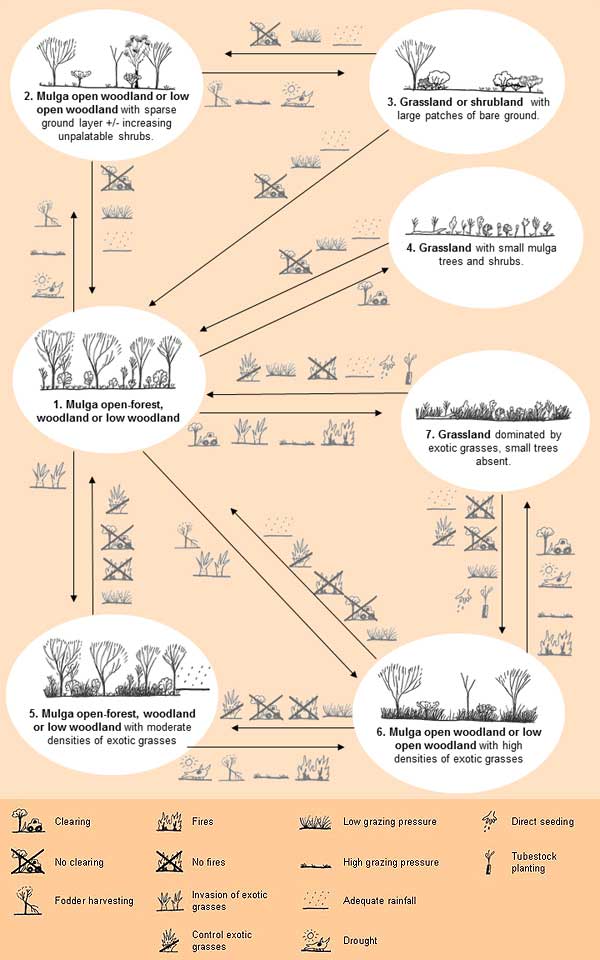

The main points are:
- Grazing pressure and/or drought can change mulga open-forest, woodland or low woodland (state 1) to mulga open woodland or low open woodland (state 2). Continued high levels of grazing pressure and/or drought leads to further declines in trees and shrubs and eventually to a transition to grassland (state 3).
- Invasion of exotic grasses into mature mulga vegetation (state 1) causes a transition to state 5. Removal of mulga (e.g. by fodder harvesting) and/or fire can create more open mulga vegetation with exotic grasses (state 6). Continued high levels of grazing pressure and/or clearing and/or drought and/or fire leads to further declines in trees and shrubs and eventually transition to a grassland dominated by exotic grasses (state 7). The most rapid increase in carbon stocks for more open mulga vegetation (state 2) will be achieved by hastening its development into mature mulga (state 1). This transition may occur slowly under a range of conditions, but will be accelerated if there is adequate rainfall, no clearing and low grazing pressure. Similar conditions facilitate increases in carbon stocks from the other states, but states with exotic grasses will need careful management of fuel loads and fire.
- Degraded states may also require soil rehabilitation.
- Carbon stocks in mature mulga vegetation (state 1) will be maintained close to their capacity if there is low to moderate grazing pressure and adequate rainfall.
- Grazing should be compatible with carbon farming as long as there are enough new trees growing into the canopy to replace dying mature trees.
Identify your site’s condition state
To identify the condition state of your site, answer the following questions.
- Are bulky exotic pasture grasses present?
- Are canopy species (mulga and/or eucalypts) present (either as trees, seedlings, saplings or resprouting stumps)?
If you answered:
- No to question 1, you probably have one of:
- state 1—Mulga open-forest, woodland or low woodland
- state 2—Mulga open woodland or low open woodland
- state 3—Grassland or shrubland
- state 4—Grassland with small trees
- Yes to 1 and no to 2, you probably have:
- state 7—Grassland with exotic grasses present; canopy tree species absent
- Yes to both questions, you probably have one of:
- state 5—Mulga open-forest, woodland or low woodland with exotic grasses
- state 6—Mulga open woodland or low open woodland with exotic grasses
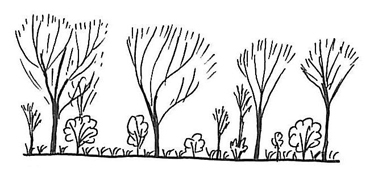
State 1—Mulga open-forest, woodland or low woodland
Dominated by Acacia aneura, +/- eucalypts, with sparse native understorey and ground layer. Recruitment of trees and shrubs. Exotic species in very low densities or absent.
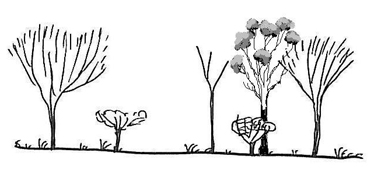
State 2—Mulga open woodland or low open woodland
Dominated by Acacia aneura; +/- eucalypts, sparse ground layer +/- increasing unpalatable shrubs.
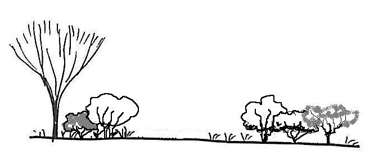
State 3—Grassland or shrubland
Few trees +/- unpalatable shrubs +/- large patches of bare ground.
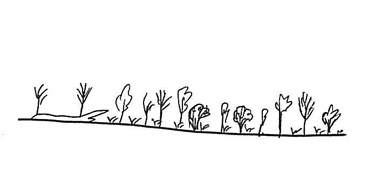
State 4—Grassland with small trees and shrubs
Grassland with small trees (including Acacia aneura +/- eucalypts) and shrubs.
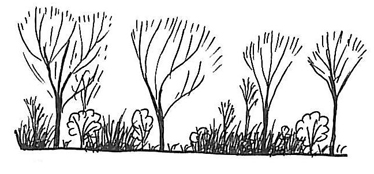
State 5—Mulga open-forest, woodland or low woodland
Dominated by Acacia aneura, +/- eucalypts, with moderate densities of exotic grasses; native understorey and ground layer species present.
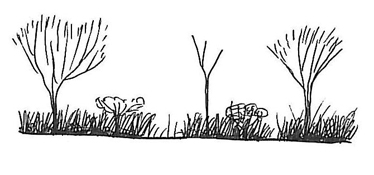
State 6—Mulga open woodland or low open woodland
Dominated by Acacia aneura, +/- eucalypts, with high densities of exotic grasses; not many native understorey and ground layer species present.

State 7—Grassland dominated by exotic grasses
Dominated by exotic grasses, +/- large patches of bare ground; canopy tree species absent.
Doesn’t seem to fit?
Check the vegetation of your site with the interactive map.
Main management issues
The main management issues for each condition state for mulga are summarised below.
Some condition states have been grouped because their management issues are the same.
| Condition state | Description | Main management issue |
|---|---|---|
| 1, 2, 3 & 4 | Canopy tree species (mulga or eucalypts) present, exotic grasses absent | Areas in these states should require little intervention to sustain or increase their carbon stocks |
| 5 & 6 | Canopy tree species (mulga or eucalypts) and exotic grasses present | Exotic grasses and fire will need to be managed to maintain and increase carbon stocks |
| 7 | Canopy tree species (mulga or eucalypts) absent, and exotic grasses present | It is critical to have seed sources for canopy trees and control exotic grasses to restore carbon stocks from this state |


